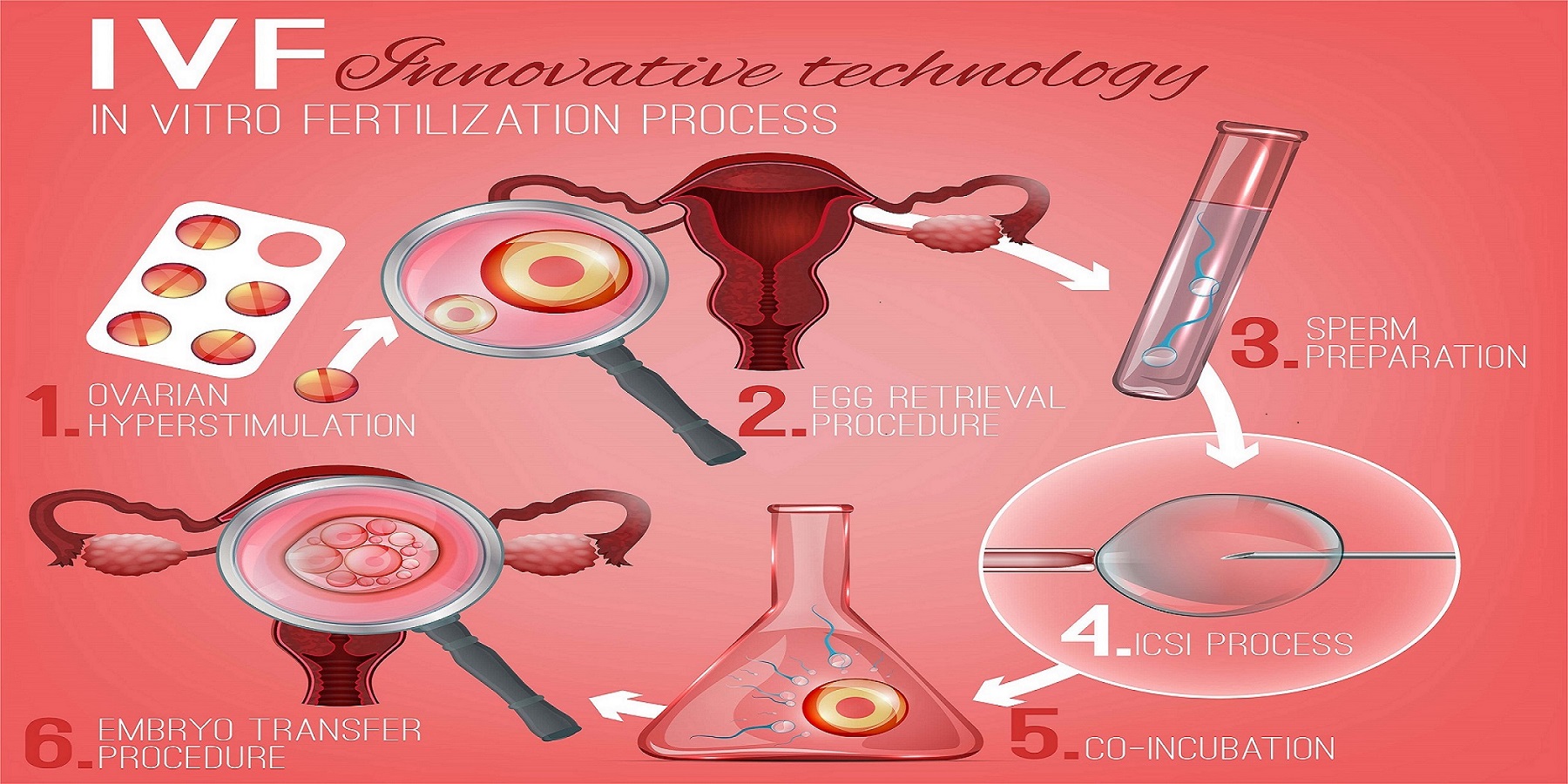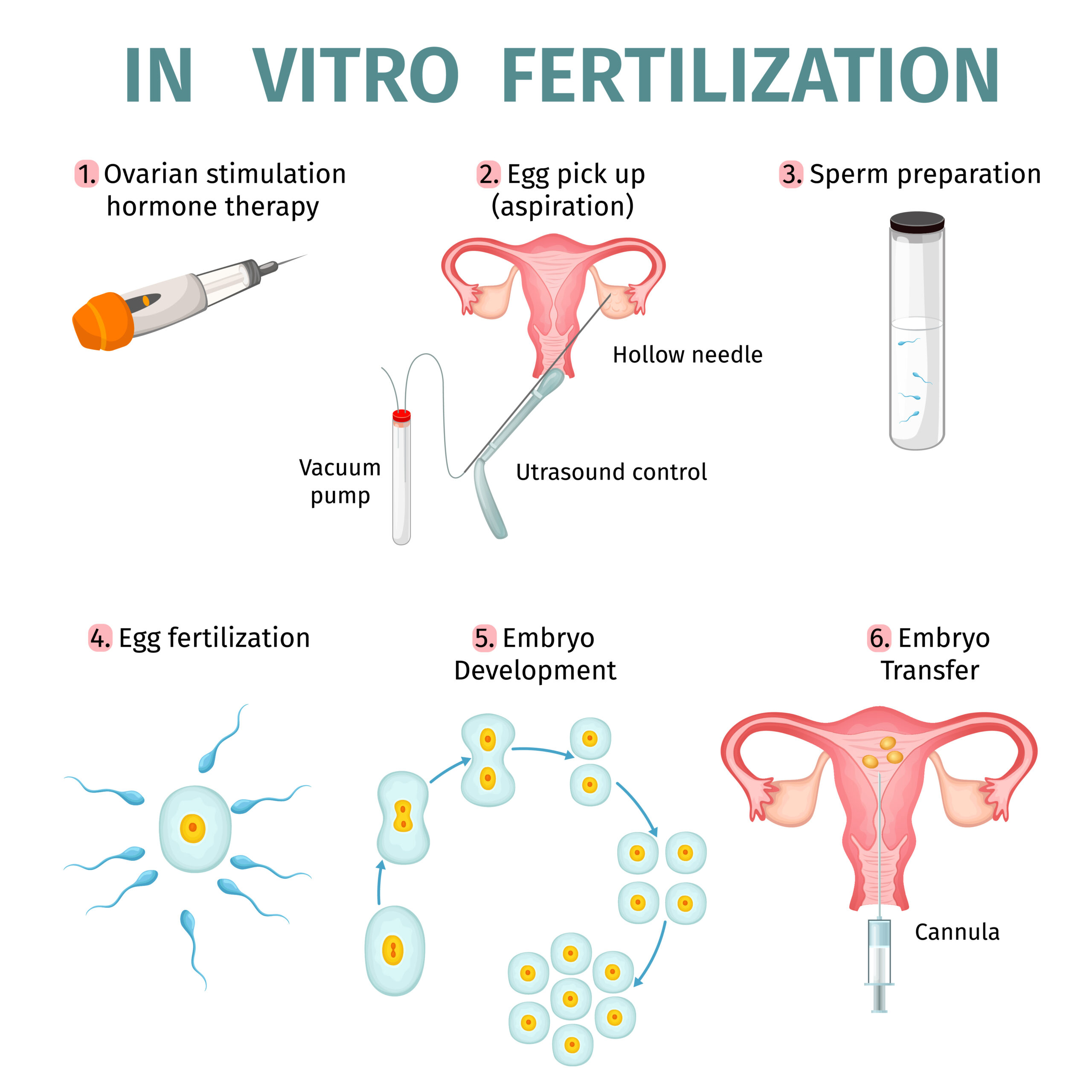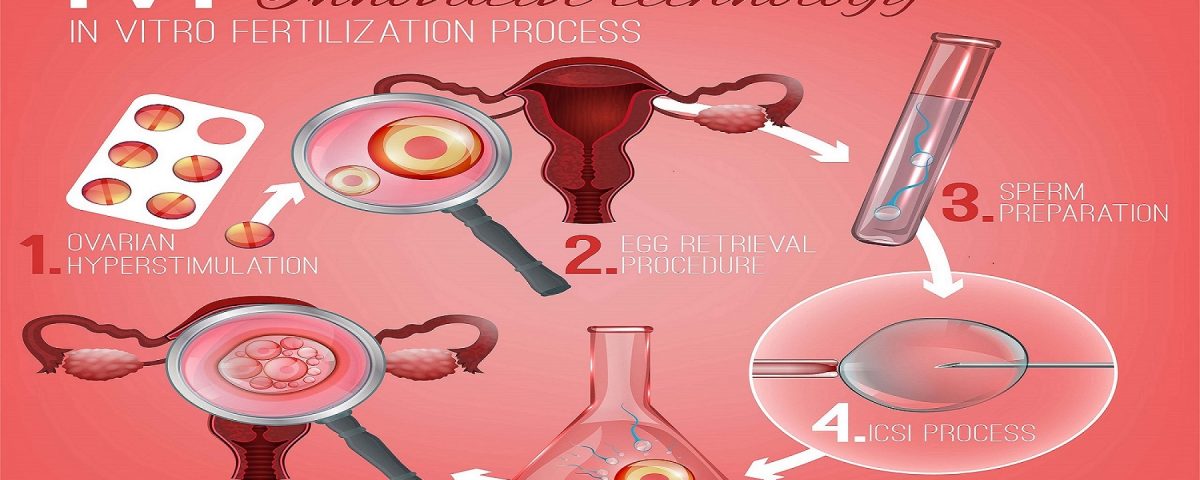
A Deep Dive into the Timeline of IVF: Everything You Need to Know
April 12, 2025What Is IVF? Your Ultimate Guide to In Vitro Fertilization
So, you’ve heard the term “IVF” thrown around—maybe on TV, in a magazine, or even from a friend who’s been through it. But what is IVF, really? If you’re picturing test tubes, white lab coats, and a little bit of magic, you’re not totally off! IVF, or in vitro fertilization, is a way to help people have babies when nature needs a nudge. It’s not just science—it’s a journey filled with hope, surprises, and sometimes even a few tears.
In this guide, we’re diving deep into everything you need to know about IVF. We’ll break it down into bite-sized pieces, share some secrets most people don’t talk about (like how it affects your Netflix binge habits!), and give you practical tips straight from the latest research. Whether you’re curious, considering it, or just here to learn something new, stick around—this is going to be a ride!
The Basics: What Does IVF Mean?
Let’s start simple. “In vitro” is Latin for “in glass,” which means IVF is when an egg and sperm meet outside the body—yep, in a lab dish, not a womb. Then, once they team up to make an embryo (a tiny baby-to-be), doctors place it back into the uterus to grow into a pregnancy. It’s like giving nature a helping hand when things like infertility, age, or health issues get in the way.
Think of it as a recipe:
- Ingredients: Eggs, sperm, and a little science.
- Tools: A lab, some fancy equipment, and a skilled doctor.
- Result: Hopefully, a baby!
IVF isn’t new—it’s been around since 1978 when the first “test-tube baby,” Louise Brown, was born in England. Since then, millions of babies have come into the world this way. Pretty cool, right?
Why Do People Choose IVF?
IVF isn’t just for one type of person—it’s for anyone who’s hit a roadblock on the baby-making highway. Here’s why people turn to it:
infertility Struggles
Maybe you’ve been trying for months (or years) with no luck. Infertility can happen for tons of reasons—blocked tubes, low sperm count, or even unexplained mysteries. IVF steps in to bypass those hurdles.
Age and Timing
Your biological clock doesn’t care about your five-year plan! As women get older (especially past 35), eggs get trickier to work with. IVF can use fresh or frozen eggs to boost the odds.
Same-Sex Couples and Single Parents
Love doesn’t follow one script. IVF lets same-sex couples or single folks build families using donor eggs, sperm, or surrogates. It’s about making dreams come true, no matter who you are.
Genetic Concerns
Worried about passing on a health condition? IVF can screen embryos for genetic issues before they’re implanted. It’s like a sneak peek to keep things healthy.
Fun Fact: Did you know some people use IVF just to pick their baby’s gender? It’s rare, but it happens—talk about a plot twist!
How Does IVF Work? A Step-by-Step Breakdown
IVF isn’t a one-and-done deal—it’s a process with a few stages. Here’s the play-by-play, explained like you’re chatting with a friend:
Step 1: Boosting Your Eggs
First, you’ll take hormone shots to make your ovaries produce more eggs than usual. Normally, you release one egg a month—IVF cranks that up to 10 or more. You’ll feel bloated, maybe moody, and yes, you might cry during a dog food commercial (true story!).
✔️ Tip: Keep comfy clothes handy—jeans might not be your friend during this phase.
Step 2: Egg Retrieval
Once your eggs are ready, a doctor uses a tiny needle to scoop them out while you’re under light sedation. It takes about 20 minutes, and you’ll nap through it. Afterward, you might feel crampy—like a bad period day.
❌ Don’t: Plan a workout right after. Rest is your BFF here.
Step 3: Sperm Meets Egg
In the lab, the eggs get cozy with sperm—either your partner’s or a donor’s. Scientists watch them under a microscope (no popcorn, sadly) to see if they fertilize. This is where the embryo magic happens!
Step 4: Growing the Embryo
The fertilized eggs chill in a special incubator for 3-5 days, growing into embryos. Some clinics even use time-lapse cameras to pick the strongest ones—high-tech baby selection!
Step 5: Embryo Transfer
A doctor slides a tiny tube into your uterus and places the embryo inside. No anesthesia needed—just a full bladder to help the ultrasound see better. You’ll lie back for a bit, then head home to wait.
✔️ Pro Trick: Pop a pineapple core—some say the bromelain in it helps implantation (no hard proof, but it’s tasty!).
Step 6: The Two-Week Wait
Now, you wait 10-14 days to see if you’re pregnant. This is the hardest part—every twinge feels like a clue. Binge a new show, knit a scarf, or distract yourself however you can!
Latest Research: A 2024 study from the American Society for Reproductive Medicine found that stress during this wait doesn’t lower success rates—so breathe easy!
What’s the Success Rate of IVF?
Here’s the million-dollar question: Does it work? The answer is… it depends. Success rates vary based on age, health, and a sprinkle of luck. Let’s break it down with some real numbers:
| Age Group | Chance of Live Birth per Cycle |
|---|---|
| Under 35 | 40-50% |
| 35-37 | 30-40% |
| 38-40 | 20-30% |
| Over 40 | 10-15% |
What Boosts Your Odds?
- Younger Eggs: Using frozen eggs from your 20s? Jackpot!
- Healthy Lifestyle: Less smoking, more veggies—your body’s a temple now.
- Top Clinics: Some places have better tech and higher stats—do your homework.
What Lowers Them?
- Age: Sorry, time’s a tough player.
- Stress: It won’t tank your chances, but it’ll make the ride rougher.
- Unexplained Issues: Sometimes, even doctors shrug.
Expert Insight: Dr. Jane Frederick, a fertility specialist, says, “IVF success isn’t a guarantee, but it’s like planting seeds—give it the best soil, and you’ve got a shot.”
How Much Does IVF Cost?
Let’s talk cash—IVF isn’t cheap. In the U.S., one cycle can run $12,000-$15,000, and that’s before extras like meds ($3,000-$5,000) or genetic testing ($2,000+). Insurance might cover some, but many folks pay out of pocket.
Hidden Costs People Miss
- Travel: Clinics far away? Add gas or flights.
- Time Off Work: Those appointments add up.
- Emotional Toll: Therapy isn’t free, and you might need it.
Ways to Save
✔️ Look for grants—tons of groups offer IVF funding.
✔️ Ask about mini-IVF—lower doses, lower cost.
✔️ Freeze extra embryos—cheaper than starting over.
Real Talk: Some couples sell old stuff on eBay or start GoFundMe pages. It’s not glamorous, but it’s resourceful!
The Emotional Rollercoaster of IVF
IVF isn’t just needles and numbers—it’s a feeling. One day you’re hopeful, the next you’re googling “is this normal?” at 2 a.m. Here’s what’s really going on behind the scenes:
The Highs
- Hearing “we’ve got embryos!” feels like winning the lottery.
- Seeing a positive test? Cue the happy tears.
The Lows
- Negative results sting—hard.
- Hormones turn you into a weepy, snack-obsessed version of yourself.
Hobbies That Sneak In
Posts online show IVF folks get weirdly into new stuff:
- Baking: Stress cupcakes, anyone?
- Puzzles: 1,000 pieces to keep your mind off the wait.
- Plant Mom Vibes: Suddenly, you’ve got 12 succulents with names.
Expert Tip: Psychologist Dr. Sarah Klein notes, “IVF patients often find comfort in control—hobbies give you that when the process doesn’t.”
Privacy Secrets: What No One Tells You
IVF comes with some hush-hush moments most articles skip. Here’s the scoop:
Your Bathroom Becomes a Lab
You’ll pee on sticks, track cycles, and stash syringes in the medicine cabinet. It’s not sexy—it’s science.
People Get Nosy
Friends might ask, “When’s the baby coming?” or “Why IVF?” You don’t owe anyone an answer—set boundaries!
Bedroom Changes
Sex? Ha! It’s off the table during key phases (doctor’s orders). Couples joke it’s the least romantic time of their lives.
Unique Insight: A 2025 survey found 68% of IVF patients hide their journey from coworkers—privacy’s a big deal!
Latest IVF Research You’ll Want to Know
Science is always tweaking IVF. Here’s what’s fresh in 2025:
AI Picks the Best Embryos
Clinics now use artificial intelligence to spot the strongest embryos—success rates are creeping up 5-10%!
Gentler Meds
New hormone protocols cut side effects like bloating. Ask your doc if they’re on board.
Sperm Boosters
A study from Harvard showed omega-3 supplements might improve sperm quality—cheap and easy to try!
Practical Tips for Your IVF Journey
Ready to roll? Here’s how to nail it:
Before You Start
✔️ Stock up on heating pads—cramps love them.
✔️ Find a support buddy—someone to vent to.
❌ Don’t over-research—you’ll scare yourself silly.
During the Process
✔️ Keep a journal—track shots, feelings, everything.
✔️ Sip water—hydration helps those ovaries.
❌ Don’t skip meds—timing’s everything.
After the Transfer
✔️ Rest, but don’t bed-lock—light walks are fine.
✔️ Eat warm foods—some say it’s cozy for the womb.
❌ Don’t test early—false positives are heartbreakers.

Busting IVF Myths
Let’s clear the air:
“IVF Babies Are Different”
Nope! They’re just as healthy and awesome as any kid. Studies back this up—no weird side effects.
“It’s Only for Rich People”
Not true—grants and financing make it doable for more folks.
“You’ll Have Twins Every Time”
Multiples happen, but single transfers are the norm now—safer for mom and baby.

What’s Next After IVF?
Pregnant? Yay! Not yet? That’s okay too. Here’s the deal:
If It Works
You’ll graduate to regular OB care—time to pick a crib!
If It Doesn’t
Take a breather, then chat with your doc. More cycles, donor options, or even adoption might be on the table.
Expert Voice: Dr. Mark Evans says, “IVF’s a marathon, not a sprint—each step teaches us something.”
Let’s Get Interactive!
Alright, you’ve made it to the end—now it’s your turn!
- Question: What’s one thing you wish you knew before starting IVF (or learning about it)? Drop it below!
- Poll: Would you try IVF? Yes / No / Maybe—tell us why!
- Challenge: Share your fave distraction hobby—let’s build a list for the two-week wait!
Thanks for hanging out with us. IVF’s a wild ride, but you’re not alone—whether it’s science, emotions, or a sudden obsession with houseplants, we’ve got you covered!
